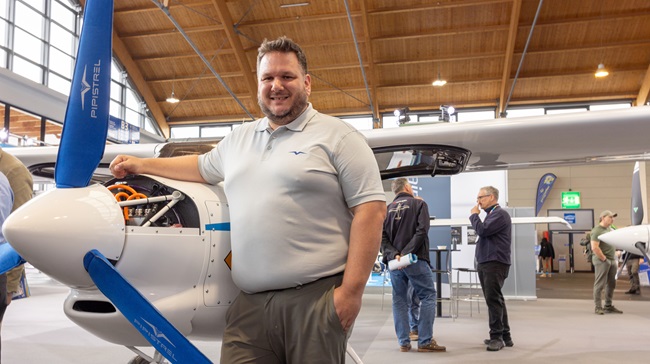Air rescue pilots get liability shield
By Alyssa J. Miller
Air rescue volunteer pilot Alfred Banholzer will have liability protection for himself and his family the next time he’s called out to use his Cessna 172 to help locate a missing person or downed aircraft in Washington.
The state legislature has passed S.B.6324, which extends liability coverage to volunteer pilots who fly search-and-rescue (SAR) missions for the state. Last year, the state passed a bill that provided liability protection to all ground SAR personnel but unintentionally omitted aerial support.
“We could go out and find an aircraft, and we weren’t covered, but the SAR ground volunteers who walked in to the downed aircraft were covered,” said Banholzer, who is also an AOPA Airport Support Network volunteer at Ranger Creek in Greenwater. “It was just an inconsistency.”
An inconsistency that he and other volunteer pilots are pleased has been corrected. As previously reported, AOPA supported S.B.6324 and met with state legislators to help push through the measure.
“From a personal standpoint, it protects me and my family from any suit that could come out of the search,” he said. Banholzer has helped with about 40 searches during his 14 years as a volunteer pilot in the Washington Air Search and Rescue (WASAR), one of the two groups the state turns to for searches.
The state is required to conduct all search and rescue missions, but it uses volunteer pilots in the WASAR and Civil Air Patrol. Pilots are trained and maintain currency through programs provided by the state, but they volunteer their own time, aircraft, resources, and skills to find the missing.
Aerial searches are conducted only during daylight hours, but pilots can be called out any time. For example, Banholzer could be notified of a search at 10 p.m. and asked to report to a base airport near the search area by first light the next morning. Rescue pilots are assigned “grid” areas in the state that they search. More experienced pilots, like Banholzer, can search grids over mountainous terrain. The pilots fly 800 to 1,000 feet agl, but due to the Washington terrain, “it’s not unusual to have to work up at 8,000 to 9,000 feet [msl],” he said.
Individual SAR missions last up to three hours and can be flown two or three times a day. Large searches can go five to seven days.
“We all try to do what we can at the time to find the individuals,” Banholzer said. Because of the dedicated volunteers, he estimates that they locate the aircraft or individuals 95 percent of the time.
“These pilots are risking their own safety to fly low over the ground in order to help find someone who’s missing,” said Greg Pecoraro, AOPA vice president of regional affairs. “The state rightly recognized the unintentional oversight in last year’s bill and took action to provide coverage to these courageous pilots, pilots like Alfred.”
March 13, 2008



